Zucchini Gardening Tips: Ever dreamt of a garden overflowing with fresh, vibrant zucchini, ready to be transformed into delicious meals and treats? I know I have! But let’s be honest, sometimes growing these prolific veggies can feel more like a battle than a blissful gardening experience. You might end up with a few scraggly plants, or worse, a mountain of zucchini you can’t possibly give away fast enough!
For centuries, zucchini, a member of the squash family, has been a staple in cuisines around the world, particularly in Italy where it’s known as “zucchina.” From savory gratins to sweet zucchini bread, its versatility is undeniable. But the key to unlocking its full potential lies in understanding its growing needs.
That’s where these Zucchini Gardening Tips come in! I’m going to share some of my favorite DIY tricks and hacks that will help you cultivate a thriving zucchini patch, even if you’re a beginner gardener. We’ll cover everything from soil preparation and watering techniques to pest control and harvesting secrets. So, ditch the gardening guesswork and get ready to enjoy a bountiful harvest of delicious, homegrown zucchini. Let’s get our hands dirty and transform your garden into a zucchini paradise!
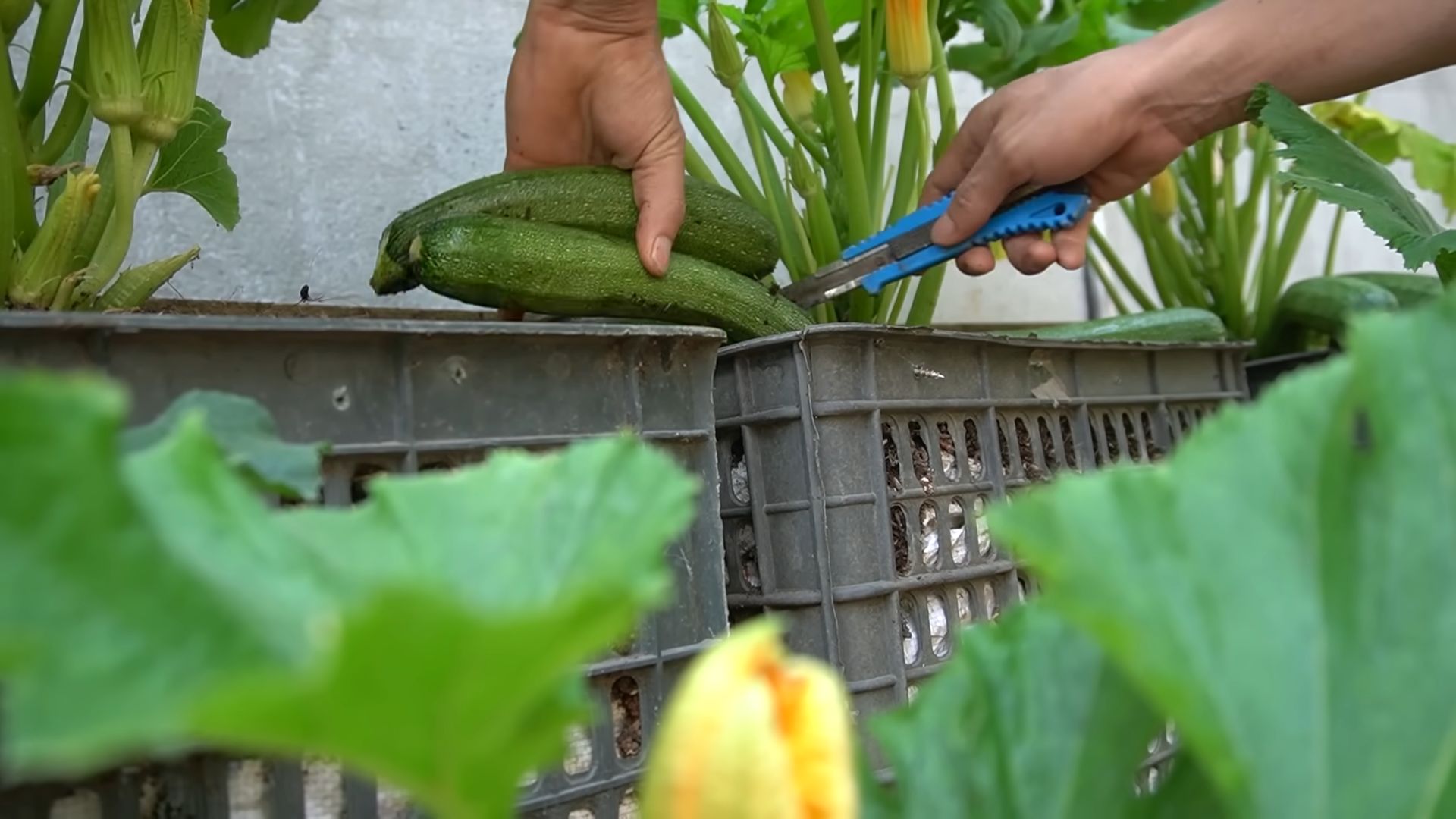
Grow Zucchinis Like a Pro: My Foolproof Guide to a Bountiful Harvest
Okay, zucchini lovers, let’s talk about growing these green giants! I’ve been gardening for years, and let me tell you, zucchini can be both incredibly rewarding and, well, a little overwhelming if you’re not prepared. They grow fast, they produce a ton, and sometimes you feel like you’re practically swimming in them. But fear not! I’m here to share my tried-and-true methods for a successful zucchini harvest, from planting to pest control.
Choosing the Right Zucchini Variety
First things first, let’s pick the right zucchini for your garden. There are tons of varieties out there, each with its own unique characteristics. Here are a few of my favorites:
* Black Beauty: This is a classic, reliable variety that produces dark green, almost black, zucchinis. It’s known for its excellent flavor and productivity.
* Costata Romanesco: If you’re looking for something a little different, try this Italian heirloom. It has beautiful ribbed fruits with a nutty flavor.
* Golden Zucchini: For a pop of color in your garden and on your plate, go for a golden zucchini. They’re just as easy to grow as green varieties and have a slightly sweeter taste.
* Round Zucchini (Eight Ball, One Ball): These are super cute and perfect for stuffing! They’re also great for smaller gardens since they tend to be more compact.
When choosing, consider your climate, space, and personal preferences. Read seed descriptions carefully to find the perfect match for your needs.
Preparing Your Garden Bed
Zucchinis are hungry plants, so giving them a good start is crucial. Here’s how I prepare my garden bed:
* Sunlight: Zucchinis need at least 6-8 hours of sunlight per day. Choose a spot in your garden that gets plenty of sunshine.
* Soil: They prefer well-drained, fertile soil. Amend your soil with plenty of compost or well-rotted manure before planting. This will provide essential nutrients and improve drainage.
* Spacing: Give your zucchini plants plenty of room to grow. I usually space them about 2-3 feet apart. If you’re planting in rows, space the rows about 3-4 feet apart.
* pH: Zucchinis prefer a soil pH of 6.0 to 7.5. You can test your soil pH with a simple soil testing kit. If your soil is too acidic, you can add lime to raise the pH. If it’s too alkaline, you can add sulfur to lower the pH.
Planting Your Zucchini Seeds or Seedlings
You can either start zucchini seeds indoors or direct sow them in your garden. I usually direct sow because it’s easier, but starting indoors can give you a head start, especially in cooler climates.
Starting Seeds Indoors (Optional)
1. Timing: Start seeds indoors about 3-4 weeks before the last expected frost.
2. Containers: Use peat pots or biodegradable pots to avoid disturbing the roots when transplanting.
3. Soil: Fill the pots with a good quality seed-starting mix.
4. Planting: Plant 1-2 seeds per pot, about 1 inch deep.
5. Watering: Keep the soil consistently moist but not soggy.
6. Light: Provide plenty of light, either with a grow light or by placing the pots in a sunny window.
7. Hardening Off: Before transplanting, gradually acclimate the seedlings to outdoor conditions by hardening them off for a week or so.
Direct Sowing Seeds
1. Timing: Wait until the soil has warmed up to at least 60°F (15°C) before direct sowing. This is usually a couple of weeks after the last expected frost.
2. Planting: Plant seeds about 1 inch deep and 2-3 feet apart.
3. Watering: Water thoroughly after planting.
4. Thinning: Once the seedlings emerge, thin them to one plant per spot. Choose the strongest, healthiest-looking seedling.
Caring for Your Zucchini Plants
Once your zucchini plants are established, here’s how to keep them happy and healthy:
* Watering: Zucchinis need consistent moisture, especially during hot, dry weather. Water deeply at the base of the plant, avoiding getting the leaves wet. I usually water about 1-2 inches per week, depending on the weather.
* Fertilizing: Feed your zucchini plants every 2-3 weeks with a balanced fertilizer. You can also side-dress them with compost or well-rotted manure.
* Mulching: Apply a layer of mulch around the plants to help retain moisture, suppress weeds, and regulate soil temperature. I like to use straw or wood chips.
* Pruning: While not strictly necessary, pruning can help improve air circulation and sunlight penetration. Remove any yellowing or damaged leaves. You can also remove some of the larger leaves to allow more sunlight to reach the developing fruits.
* Pollination: Zucchinis are pollinated by bees and other insects. If you’re not seeing a lot of bees in your garden, you can hand-pollinate the flowers. To do this, simply take a male flower (the one with the long stem) and rub its pollen onto the stigma of a female flower (the one with the small zucchini behind it).
Dealing with Pests and Diseases
Zucchinis are generally pretty easy to grow, but they can be susceptible to a few pests and diseases. Here are some common problems and how to deal with them:
* Squash Vine Borers: These are nasty little pests that can bore into the stems of your zucchini plants and kill them. Look for small holes in the stems and sawdust-like frass. If you find them, you can try to remove them manually by slitting the stem open and pulling them out. You can also wrap the base of the stems with aluminum foil to prevent them from laying their eggs.
* Squash Bugs: These are another common pest that can suck the sap from your zucchini plants. They’re usually found on the undersides of the leaves. You can hand-pick them off or spray them with insecticidal soap.
* Powdery Mildew: This is a fungal disease that causes a white, powdery coating on the leaves. It’s more common in humid conditions. To prevent powdery mildew, make sure your plants have good air circulation and avoid getting the leaves wet when watering. If you see powdery mildew, you can spray the plants with a fungicide.
* Aphids: These tiny insects can cluster on the stems and leaves of your zucchini plants, sucking the sap and weakening the plant. A strong blast of water from the hose can often dislodge them. You can also use insecticidal soap or neem oil.
My Top Tip: Regularly inspect your plants for any signs of pests or diseases. The sooner you catch a problem, the easier it will be to deal with.
Harvesting Your Zucchinis
Now for the fun part – harvesting! Zucchinis grow quickly, so you’ll need to check them regularly.
1. Timing: Harvest your zucchinis when they’re young and tender, usually about 6-8 inches long. Overgrown zucchinis can be tough and seedy.
2. Cutting: Use a sharp knife or pruners to cut the zucchini from the plant. Leave a short stem attached.
3. Frequency: Harvest frequently to encourage more production. The more you pick, the more they’ll grow!
Storing Your Zucchinis
If you’re like me, you’ll probably end up with more zucchinis than you know what to do with! Here are a few ways to store them:
* Refrigerator: Store zucchinis in the refrigerator for up to a week. Wrap them loosely in a plastic bag.
* Freezing: You can freeze zucchinis for longer storage. Wash, slice, and blanch them for 2-3 minutes. Then, cool them in ice water and drain them well. Pack them in freezer bags or containers.
* Pickling: Pickled zucchini is a delicious way to preserve your harvest. There are tons of recipes online.
* Sharing: Don’t be afraid to share your bounty with friends, neighbors, and family! They’ll appreciate it.
Delicious Ways to Use Your Zucchinis
Okay, you’ve got a mountain of zucchinis. Now what? Here are some of my favorite ways to use them:
* Grilled Zucchini: Slice zucchini lengthwise, brush with olive oil, and grill until tender. Season with salt, pepper, and herbs.
* Zucchini Bread: This is a classic for a reason! Zucchini bread is moist, delicious, and a great way to use up a lot of zucchini.
* Zucchini Noodles (
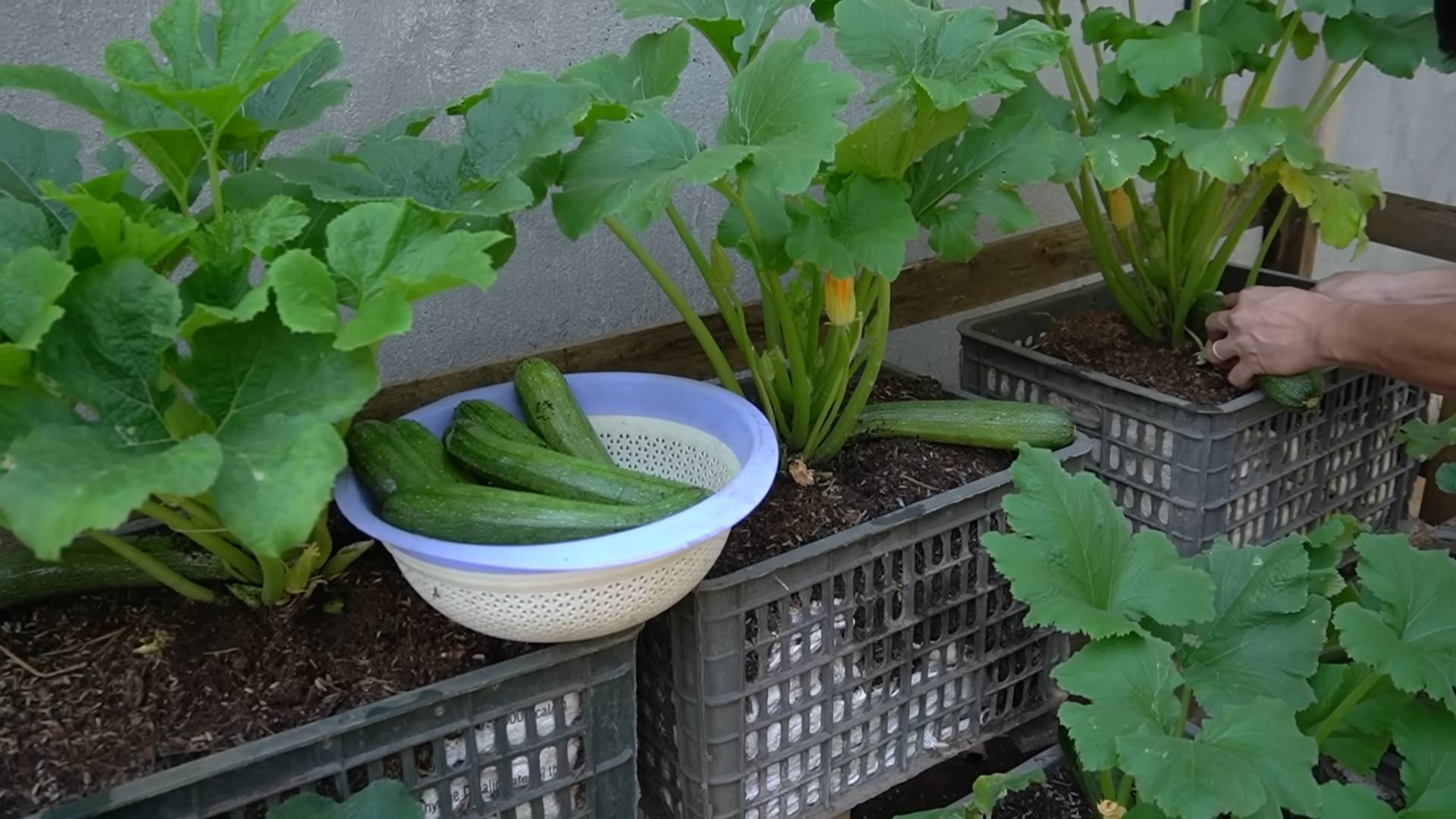
Conclusion
So, there you have it! Mastering zucchini gardening doesn’t have to be a daunting task. By implementing these simple yet effective DIY tricks, you’re well on your way to harvesting a bumper crop of delicious zucchini. We’ve covered everything from optimizing soil conditions and companion planting to warding off pests and diseases with natural remedies. These aren’t just theoretical suggestions; they’re practical, hands-on techniques that can significantly improve your zucchini yield and the overall health of your garden.
The beauty of these DIY methods lies in their adaptability. Feel free to experiment with different companion plants to see what works best in your specific climate and soil type. For instance, if you’re dealing with a particularly persistent squash vine borer problem, consider wrapping the base of your zucchini stems with aluminum foil as an extra layer of protection. Or, if your soil is naturally alkaline, you might need to amend it more frequently with acidic materials like pine needles or coffee grounds.
Don’t be afraid to get creative with your pest control solutions, too. While neem oil is a fantastic all-around option, you can also try making your own insecticidal soap using dish soap and water. Just be sure to test it on a small area of the plant first to ensure it doesn’t cause any damage. Another variation is to introduce beneficial insects like ladybugs and lacewings to your garden. These natural predators will feast on aphids and other pests, helping to keep your zucchini plants healthy and thriving.
One of the most rewarding aspects of gardening is the sense of accomplishment that comes from nurturing a plant from seed to harvest. And with these DIY zucchini gardening tips, you’ll be well-equipped to overcome common challenges and enjoy a bountiful harvest. Remember, consistent watering, proper fertilization, and regular monitoring for pests and diseases are key to success.
But the real magic happens when you share your experiences with others. Gardening is a community, and we can all learn from each other’s successes and failures. So, we strongly encourage you to try these DIY tricks in your own garden and share your results with us. Did you find that a particular companion plant worked wonders for your zucchini? Did you discover a new and effective way to combat squash bugs? Let us know in the comments below! Your insights could help other gardeners achieve their own zucchini gardening dreams.
Ultimately, growing zucchini is a journey, not a destination. There will be challenges along the way, but with a little patience, perseverance, and these handy DIY tricks, you’ll be rewarded with a delicious and abundant harvest. So, get out there, get your hands dirty, and start growing your own zucchini today! We can’t wait to hear about your success stories. Happy gardening!
Frequently Asked Questions (FAQ)
What is the most common mistake people make when growing zucchini, and how can I avoid it?
The most common mistake is overwatering. Zucchini plants need consistent moisture, but soggy soil can lead to root rot and other fungal diseases. To avoid this, ensure your soil is well-draining and water deeply but infrequently, allowing the top inch or two of soil to dry out between waterings. Using a soaker hose or drip irrigation can also help deliver water directly to the roots, minimizing water loss and reducing the risk of fungal problems. Mulching around the plants helps retain moisture and suppress weeds, further contributing to a healthier growing environment.
How often should I fertilize my zucchini plants?
Zucchini plants are heavy feeders and benefit from regular fertilization. Start by amending the soil with compost or well-rotted manure before planting. Then, fertilize every 2-3 weeks with a balanced fertilizer (e.g., 10-10-10) or a fertilizer specifically formulated for vegetables. You can also use organic options like compost tea or fish emulsion. Be careful not to over-fertilize, as this can lead to excessive foliage growth at the expense of fruit production. Monitor your plants for signs of nutrient deficiencies, such as yellowing leaves, and adjust your fertilization schedule accordingly.
My zucchini plants are producing flowers, but no fruit. What could be the problem?
This is a common issue known as blossom drop, and it can be caused by several factors. One possibility is poor pollination. Zucchini plants have separate male and female flowers, and pollination is necessary for fruit to develop. If there aren’t enough pollinators in your area, you can hand-pollinate the flowers yourself. Simply use a small brush to transfer pollen from the male flower (which has a long, thin stem) to the female flower (which has a small zucchini-like structure at the base). Other potential causes of blossom drop include temperature stress (too hot or too cold), inconsistent watering, and nutrient deficiencies. Ensure your plants are getting adequate water and nutrients, and try to protect them from extreme temperatures.
How can I prevent squash vine borers from attacking my zucchini plants?
Squash vine borers are a major pest of zucchini plants, and they can quickly kill a plant by tunneling into the stem. Prevention is key. One effective method is to wrap the base of the stems with aluminum foil or nylon stockings to prevent the borers from laying their eggs. You can also apply Bacillus thuringiensis (Bt) to the stems, which is a natural insecticide that targets the borers. Another strategy is to plant a trap crop, such as Hubbard squash, which the borers prefer. Regularly inspect your plants for signs of infestation, such as small holes in the stems or wilting leaves. If you find borers, you can try to remove them manually by slitting the stem open and extracting the larvae.
What are some good companion plants for zucchini?
Companion planting can be a great way to improve the health and productivity of your zucchini plants. Some good companion plants include:
* **Marigolds:** These flowers repel many common pests, including squash bugs and nematodes.
* **Nasturtiums:** These edible flowers attract aphids, drawing them away from your zucchini plants.
* **Radishes:** These fast-growing root vegetables can help deter squash vine borers.
* **Beans and Peas:** These legumes fix nitrogen in the soil, which can benefit zucchini plants.
* **Garlic and Onions:** These pungent plants repel many pests and can also help prevent fungal diseases.
Avoid planting zucchini near potatoes, as they can compete for nutrients.
How do I know when my zucchini is ready to harvest?
Zucchini is best harvested when it is young and tender, typically when it is about 6-8 inches long. Larger zucchini can become tough and seedy. To harvest, simply cut the zucchini from the plant with a sharp knife or pruning shears, leaving a short stem attached. Regular harvesting encourages the plant to produce more fruit.
Can I eat zucchini blossoms?
Yes, zucchini blossoms are edible and delicious! They can be stuffed, fried, or added to salads. Harvest the male blossoms (the ones without the small zucchini at the base) to avoid reducing fruit production. Pick them in the morning when they are fully open.
My zucchini plants are getting powdery mildew. How can I treat it?
Powdery mildew is a common fungal disease that can affect zucchini plants. It appears as a white, powdery coating on the leaves. To treat powdery mildew, improve air circulation around the plants by pruning away crowded foliage. You can also spray the plants with a solution of baking soda and water (1 teaspoon of baking soda per quart of water) or a commercial fungicide. Neem oil can also be effective. Prevention is key, so avoid overhead watering and ensure your plants are getting adequate sunlight.
How can I save seeds from my zucchini plants for next year?
To save seeds from your zucchini plants, allow a few fruits to mature fully on the vine. They will become very large and the skin will harden. Once the fruit is fully mature, cut it open and scoop out the seeds. Rinse the seeds thoroughly and spread them out on a paper towel to dry completely. Store the dried seeds in an airtight container in a cool, dark place. Be aware that if your zucchini plants were cross-pollinated with other squash varieties, the seeds may not produce true-to-type plants.


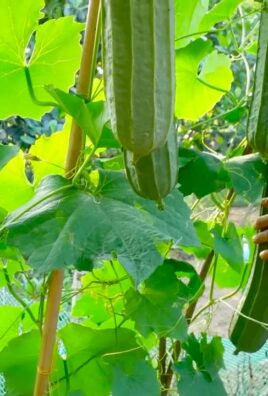
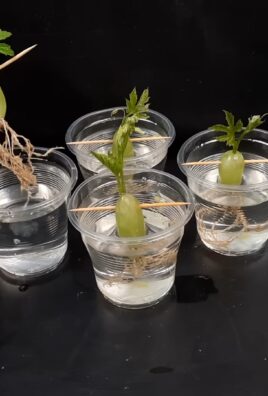
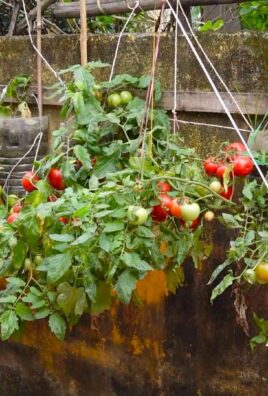
Leave a Comment